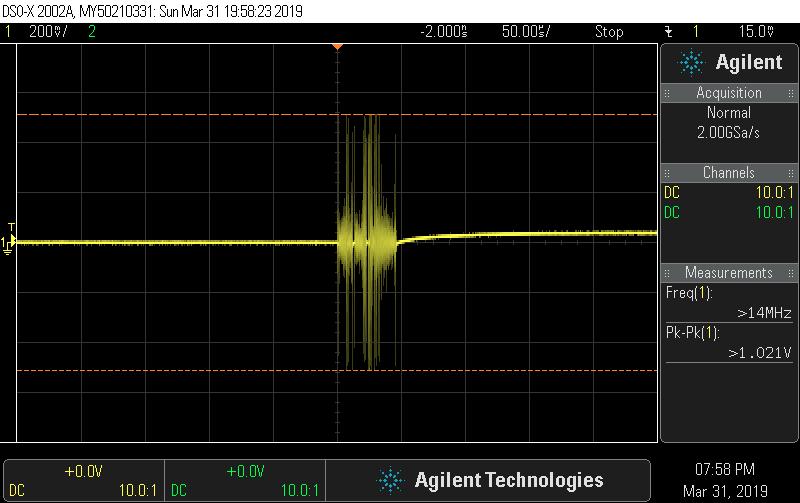What is the approximate inrush current for the 12/3000 MultiPlus when first connected (or reconnected) to a DC supply after a full discharge of the onboard capacitors? I'm specifying a contactor to isolate the MultiPlus completely from the battery and need to be sure I won't suffer from contact welding issues.
The contactor is being installed to ensure the approx 200mA drain from the MultiPlus with inverter disabled (via an assistant) does not continue to drain the battery. As a secondary but related question, is there a way to turn the MultiPlus fully off via an assistant or other software means? This would negate the need for a contactor and would be preferable.
The Contactors I am looking at have suggested max 500A limit for make to avoid welding issues but are rated for 500A+ in closed state so should be more that adequate for any steady state load.

